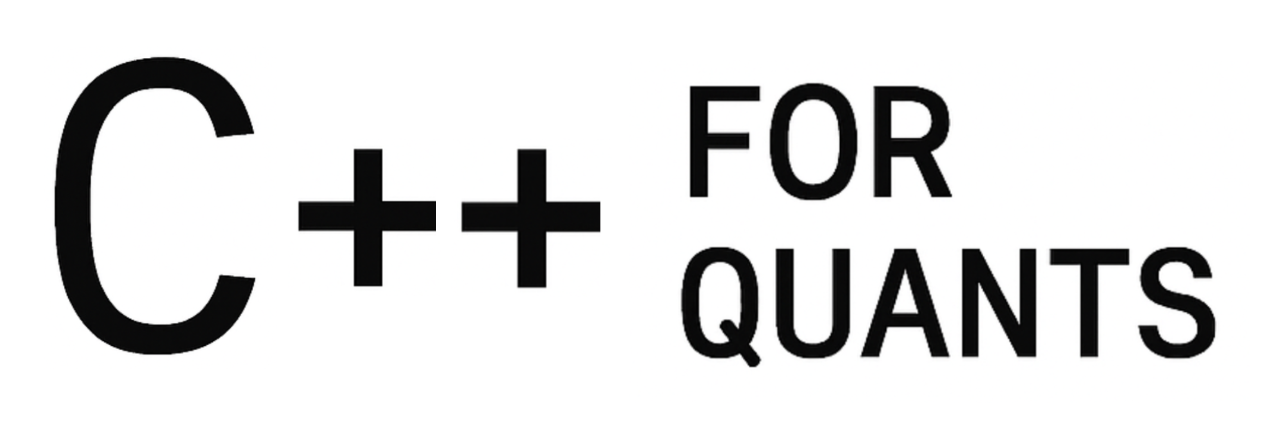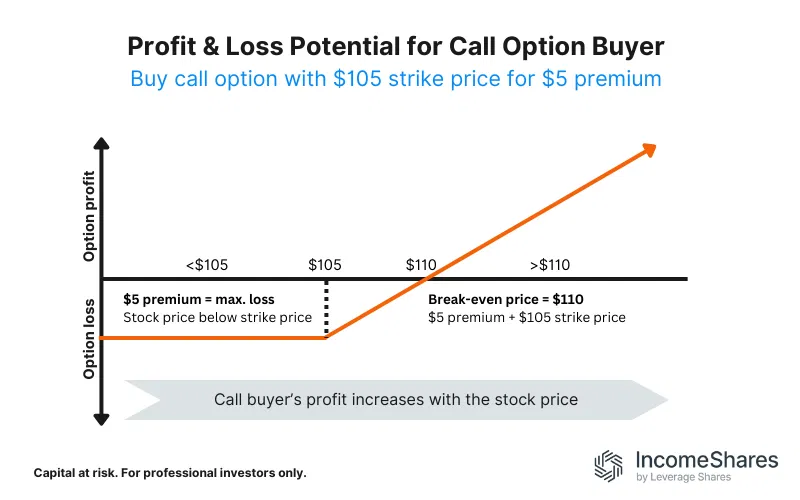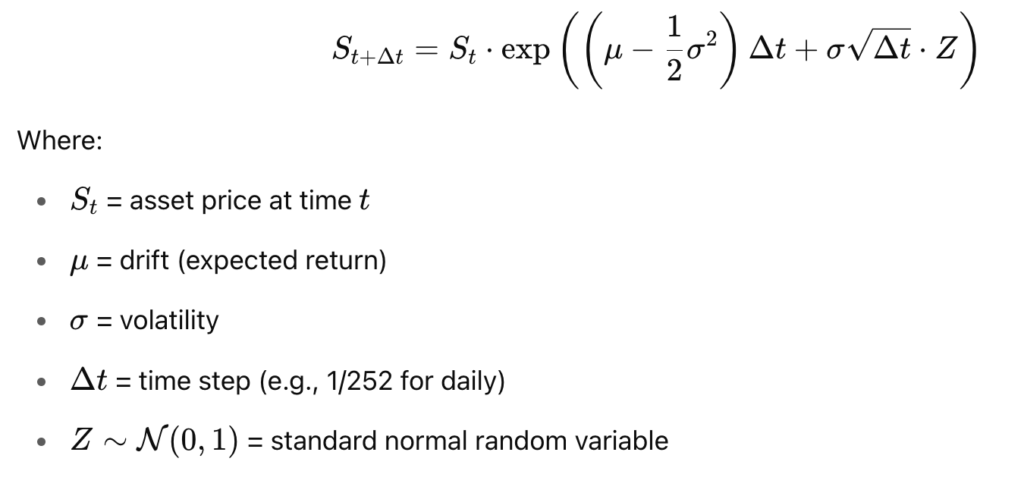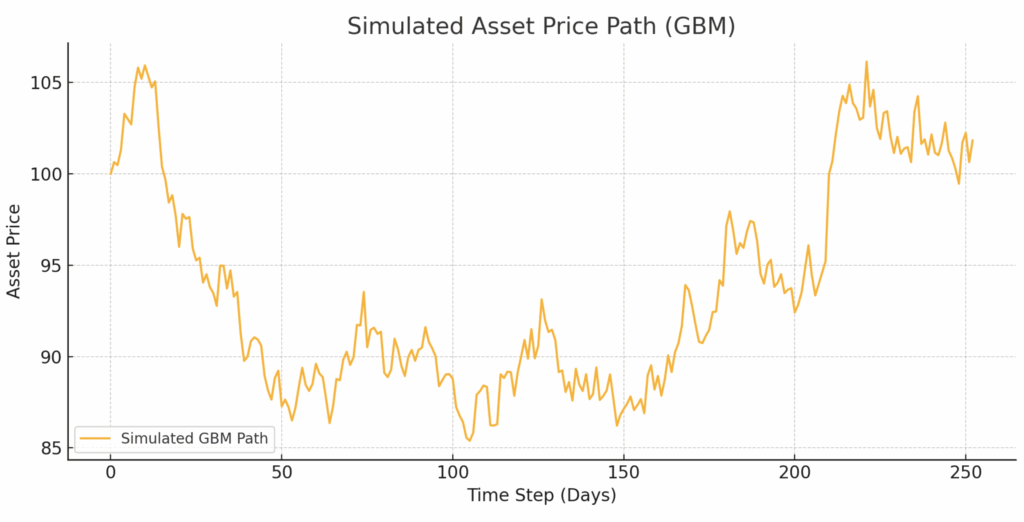This article explores the best C++ ML libraries, ranging from general-purpose frameworks to specialized toolkits for deep learning, linear algebra, and probabilistic modeling. Whether you’re building a high-frequency trading model, deploying AI on edge devices, or integrating ML into performance-critical systems, these libraries give you the flexibility of C++ combined with the power of modern machine learning.
1.Tensorflow
TensorFlow is one of the most widely used machine learning frameworks, originally designed with Python as its primary interface. However, it also provides a C++ API that allows developers to build and deploy ML models directly in performance-critical environments.
The C++ interface is lower-level compared to Python but offers significant advantages: reduced overhead, faster execution, and tighter integration into existing C++ systems. It is commonly used in high-performance computing, trading platforms, embedded systems, and real-time inference pipelines where every microsecond counts.
While training models in C++ is possible, it is often more practical to train in Python (using TensorFlow/Keras) and then export the model as a SavedModel or GraphDef. The C++ API is then used to load and run inference on that model.
TensorFlow’s C++ API provides tools for:
- Loading computational graphs.
- Executing inference sessions.
- Managing tensors efficiently.
- Running models on CPU or GPU with minimal overhead.
Because it is lower-level, error handling and debugging are more complex than in Python. However, once integrated, it can achieve extremely fast inference speeds.
Here’s a simple C++ snippet that demonstrates loading a TensorFlow graph and running inference:
#include "tensorflow/core/public/session.h"
#include "tensorflow/core/platform/env.h"
using namespace tensorflow;
int main() {
Session* session;
Status status = NewSession(SessionOptions(), &session);
// Load a pre-trained model
GraphDef graph_def;
ReadBinaryProto(Env::Default(), "model.pb", &graph_def);
session->Create(graph_def);
// Prepare input tensor
Tensor input(DT_FLOAT, TensorShape({1, 784})); // e.g., MNIST image
// Run session
std::vector<Tensor> outputs;
session->Run({{"input_node", input}}, {"output_node"}, {}, &outputs);
std::cout << outputs[0].matrix<float>() << std::endl;
}
2.Pytorch
PyTorch is one of the best C++ ML libraries, and its C++ distribution (LibTorch) brings its power to performance-critical applications. Unlike TensorFlow, which feels more graph-centric in C++, LibTorch offers an eager execution model very close to its Python counterpart.
LibTorch is commonly used when you need fast inference in C++ applications — for example, in trading engines, robotics, self-driving pipelines, and real-time computer vision systems. Developers can either:
- Train models in Python and export them via TorchScript for deployment in C++, or
- Train and run models directly in C++ using LibTorch’s API.
Key features include:
- Seamless use of autograd in C++.
- GPU acceleration with CUDA out of the box.
- Tensor operations identical to Python PyTorch.
- Integration with TorchScript for portable inference.
Compared to TensorFlow C++, PyTorch’s API feels more “native” and developer-friendly. It offers flexibility while maintaining high performance, making it a strong choice for production inference pipelines.
Here’s a small LibTorch snippet:
#include <torch/torch.h>
#include <iostream>
struct Net : torch::nn::Module {
torch::nn::Linear fc{nullptr};
Net() { fc = register_module("fc", torch::nn::Linear(784, 10)); }
torch::Tensor forward(torch::Tensor x) { return torch::relu(fc->forward(x)); }
};
int main() {
Net net;
auto input = torch::randn({1, 784});
auto output = net.forward(input);
std::cout << output << std::endl;
}3. MLPack
mlpack is a C++-native machine learning library designed for speed, scalability, and ease of use. Unlike TensorFlow and PyTorch, which are deep learning frameworks, mlpack specializes in classical ML algorithms such as regression, clustering, dimensionality reduction, and nearest neighbors.
Its design philosophy emphasizes:
- High performance (optimized C++ code, often faster than Python equivalents).
- Simplicity (intuitive, consistent API).
- Flexibility (usable as a C++ library or via CLI/Python/Julia bindings).
mlpack shines in scenarios where deep learning isn’t necessary but you still want production-quality performance — e.g., finance, anomaly detection, recommendation systems, and embedded devices.
Some popular algorithms include:
- k-Nearest Neighbors, k-Means, Gaussian Mixture Models.
- Decision Trees and Random Forests.
- Logistic and Linear Regression.
- Collaborative Filtering.
It’s also header-only, so integration into existing C++ projects is straightforward.
Here’s a small mlpack example, training and evaluating logistic regression:
#include <mlpack/methods/logistic_regression/logistic_regression.hpp>
#include <armadillo>
#include <iostream>
int main() {
arma::mat X; // Features
arma::Row<size_t> y; // Labels
X.randu(100, 10); // 100 samples, 10 features
y = arma::randi<arma::Row<size_t>>(100, arma::distr_param(0,1));
mlpack::regression::LogisticRegression<> model(X, y, 0.001);
arma::Row<size_t> predictions;
model.Classify(X, predictions);
std::cout << "Accuracy: "
<< arma::accu(predictions == y) / double(y.n_elem)
<< std::endl;
}
4.DLib
Dlib is a modern C++ toolkit containing machine learning algorithms, optimization tools, and computer vision functions. It is best known for its face detection and facial landmark recognition, but its scope is much broader, making it one of the most versatile C++ ML libraries.
Key strengths include:
- Classical ML algorithms (SVMs, decision trees, k-means, regression).
- Deep learning support with a clean C++ API for building neural nets.
- Computer vision utilities (HOG detectors, object tracking, image processing).
- Optimization solvers for linear and nonlinear problems.
Unlike TensorFlow or PyTorch, Dlib is less about large-scale deep learning and more about practical ML for real-world tasks. It’s widely used in embedded systems, robotics, finance anomaly detection, and face recognition applications.
Dlib is also header-only, making it easy to integrate into C++ projects without heavy dependencies. Its API is clean and expressive, leveraging C++11 templates and modern design.
Here’s a small example of training a Support Vector Machine (SVM) classifier with Dlib:
#include <dlib/svm_threaded.h>
#include <iostream>
int main() {
typedef dlib::matrix<double,2,1> sample_type;
dlib::svm_c_trainer<dlib::linear_kernel<sample_type>> trainer;
std::vector<sample_type> samples = {{0,0}, {1,1}, {1,0}, {0,1}};
std::vector<double> labels = {-1, 1, -1, 1};
auto decision_function = trainer.train(samples, labels);
sample_type test; test = 0.9, 0.9;
std::cout << "Prediction: " << decision_function(test) << std::endl;
}












